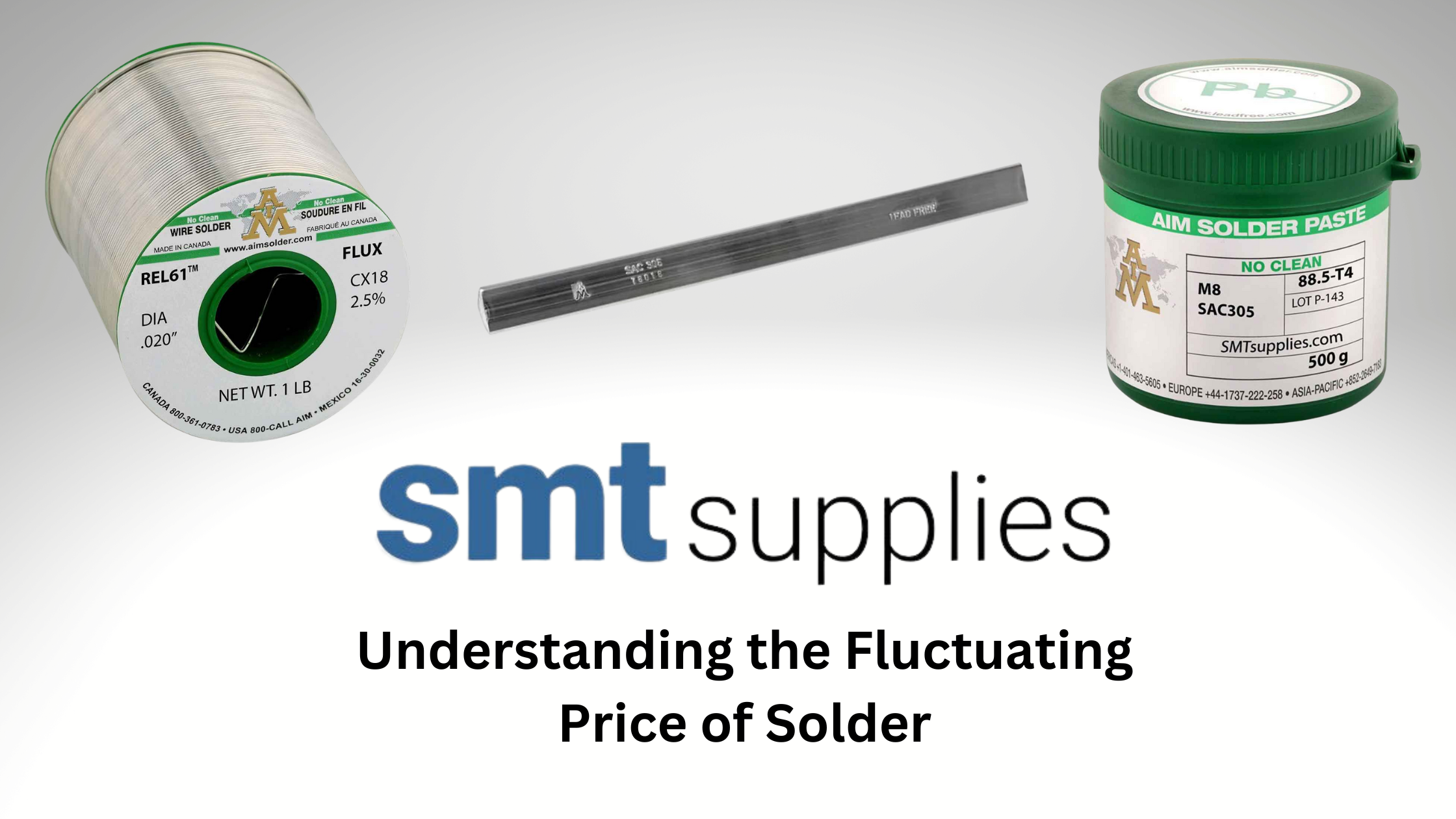
Solder, a crucial component in electronics and various industries, is subject to price fluctuations that can impact manufacturers, hobbyists, and consumers alike. In this article, we will delve into the reasons behind the fluctuating price of solder, shedding light on the key factors that contribute to these variations. By gaining a deeper understanding of these factors, we can better comprehend the dynamics of the solder market and make informed decisions.
Following are some of the factors that affect the price of solder:
- Supply and Demand: One of the primary factors influencing the price of solder is the fundamental principle of supply and demand. When the demand for solder exceeds the available supply, prices tend to rise. This imbalance can occur due to factors such as increased manufacturing activities, the introduction of new electronic devices, or surging demand in emerging markets. Conversely, if the supply of solder surpasses the demand, prices may decline.
- Raw Material Costs: Solder is typically composed of metals like tin, lead, or various alloys. Fluctuations in the prices of these raw materials significantly impact the cost of producing solder. Factors such as mining or extraction costs, scarcity of resources, geopolitical events, and global market conditions can all influence the prices of these metals, subsequently affecting the cost of solder.
- Manufacturing and Production Costs: The cost of manufacturing solder plays a crucial role in determining its price. Expenses related to labor, energy, transportation, and overhead costs impact the overall production cost. Any fluctuations in these factors, such as wage increases, changes in energy prices, or shifts in logistical expenses, can directly influence the price of solder.
- Currency Exchange Rates: Solder is traded globally, making it susceptible to currency exchange rate fluctuations. When the currency in which solder is priced strengthens against other currencies, its price may decrease to remain competitive. Conversely, if the currency weakens, the price of solder may rise to compensate for the exchange rate fluctuations.
- Market Dynamics and Speculation: The solder market, like any other commodity market, is subject to market dynamics and speculation. Investor sentiment, market speculation, economic forecasts, and geopolitical events can all have an impact on the price of solder. These factors can introduce volatility and short-term price fluctuations.
For example, in 2022, the price of tin increased by about 50%. This was due to a number of factors, including a shortage of tin in the global market and increased demand for tin from the electronics industry. As a result, the price of tin-based solder also increased by about 50%.
Conclusion
The price of solder is subject to a myriad of factors, each with its own influence on the market. Understanding the reasons behind the fluctuating price of solder empowers manufacturers, consumers, and stakeholders to make informed decisions and navigate the dynamic solder market effectively. By closely monitoring supply and demand dynamics, raw material costs, manufacturing expenses, currency exchange rates, and market dynamics, one can better anticipate price changes and respond accordingly.
At SMT Supplies, we provide customers who regularly purchase bar solder “daily pricing” so that they can see market changes and base their purchasing decisions on that information.
Ultimately, staying informed and adaptable to these price fluctuations will be crucial for businesses and individuals seeking to navigate the solder market successfully.
See our complete selection of solder materials from AIM Solder here.
Contact the experts at SMT Supplies with any questions about solder pricing.